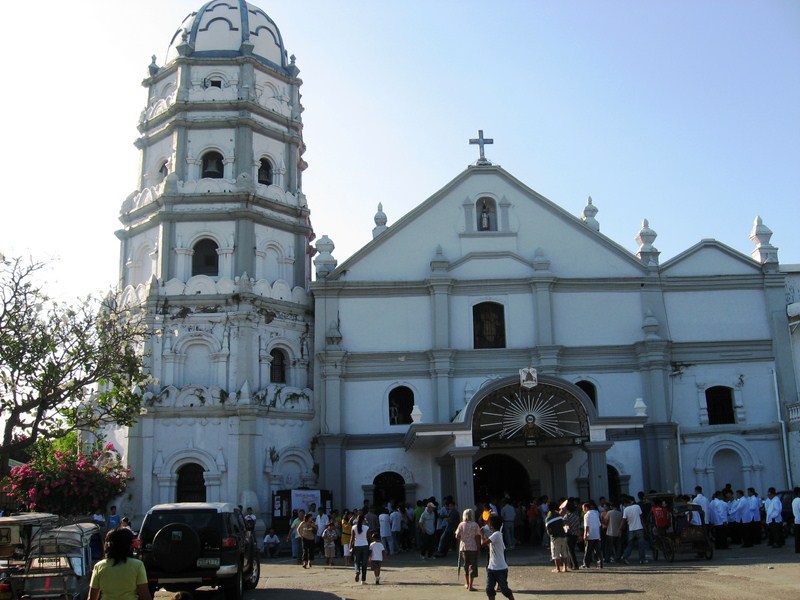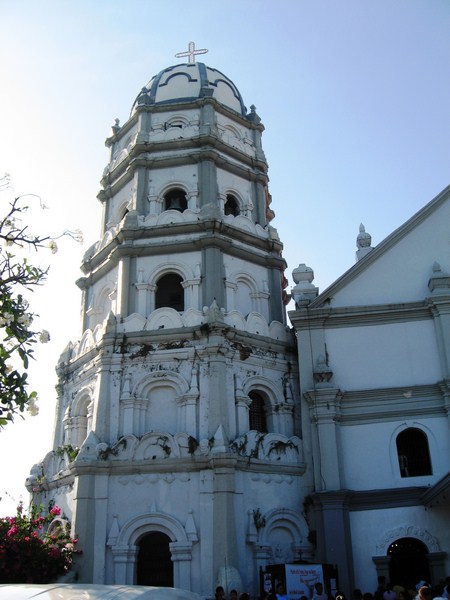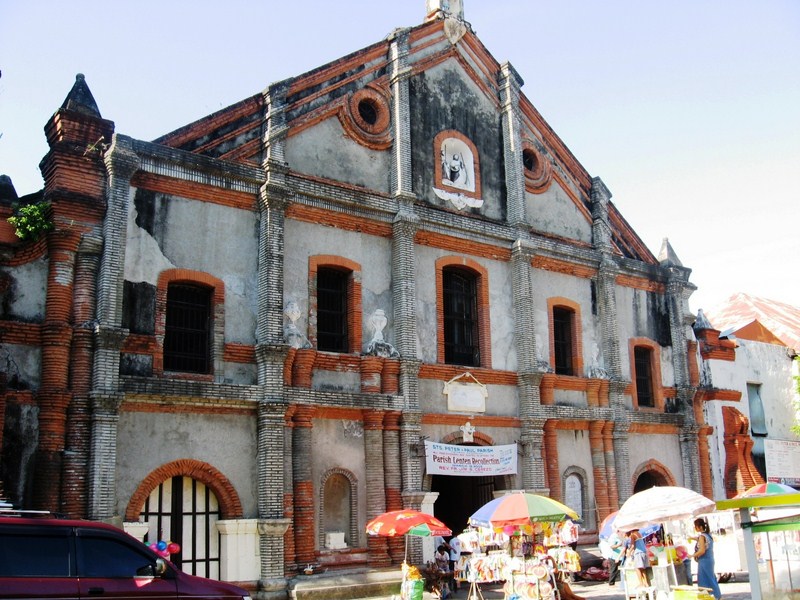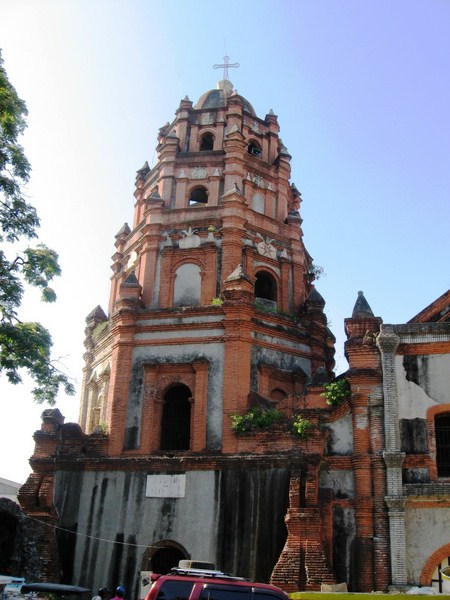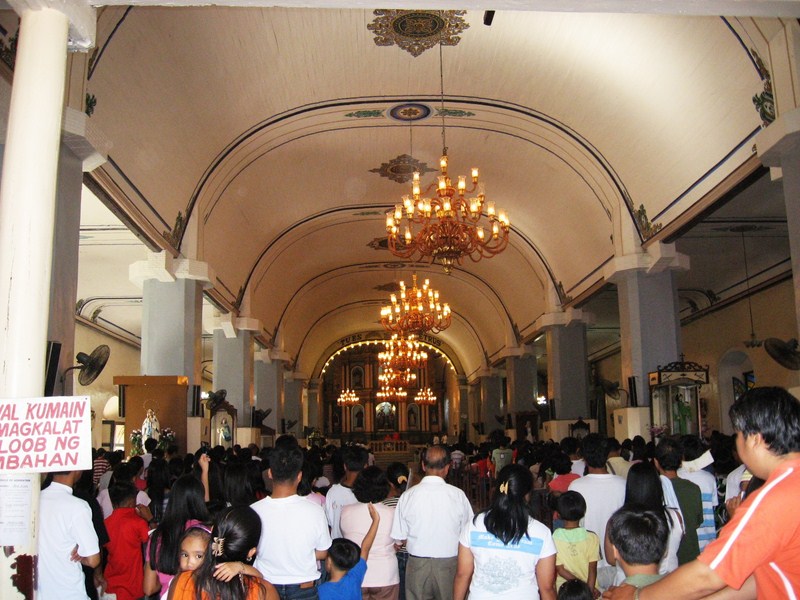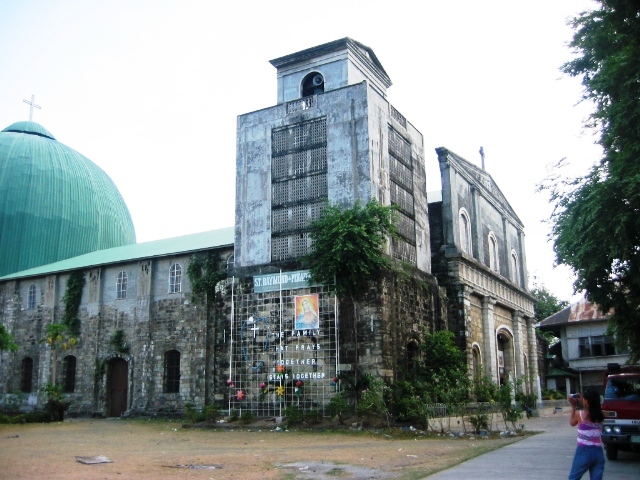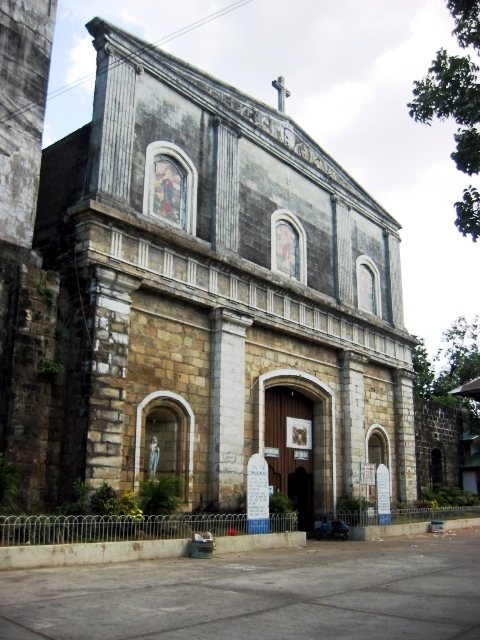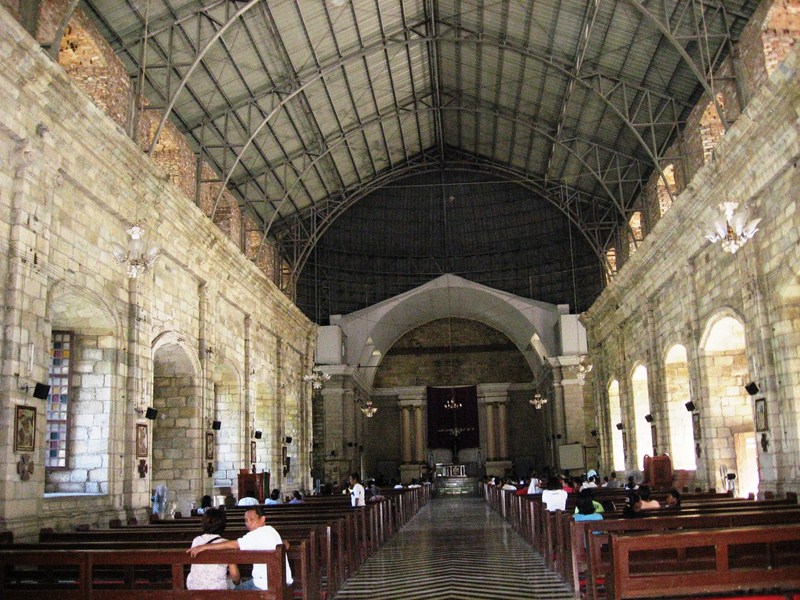Originally built with brick in 1768 by Dominican Fr. Francisco Ferrer, the Church of St. Fabian, Pope and Martyr, as well as the semi-claustral convent (which was constructed in 1763 by Fr. Holego Francisco Ferrer and converted into a public oratory), were destroyed by a fire in 1856 and subsequently restored.
Fr. Juan Gutiérrez, O.P. (1859-1862) rebuilt the church and the sanctuary (1857 and 1860) in cruciform (59.85 m. long and 11.40 m. wide; at the cruciform, 20 m.). In 1863, the present masonry church, convent and bell tower were built by Fr. Ramon Fernandez (parish priest from 1860 to 1870).
The massive earthquake of March 16, 1892 again damaged the church and convent which were later rehabilitated. On January 1945, during World War II, the church was damaged and bell tower and convent were destroyed by American naval shelling and, in 1952, the church and a portion of the convent were repaired by Engr. Santiago Alhambra, Fr. Francisco Posadas (1944-1952) and Fr. Emeterio Domagas. In 2003, the bell tower was fully restored.
Church of St. Fabian, Pope & Martyr: Braganza St., San Fabian, 2433 Pangasinan. Tel: (075) 511-4841.
How to Get There: San Fabian is located 28 kms. east-northeast of Lingayen and about 184 kms. northwest of Manila.

